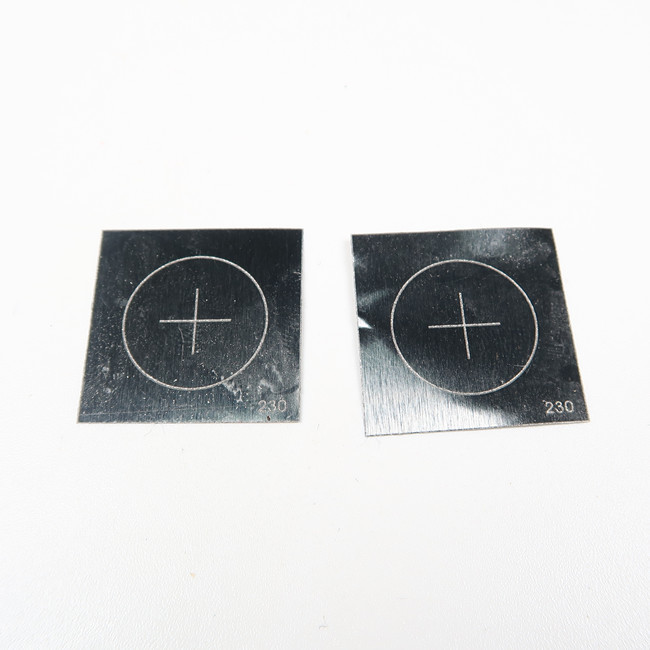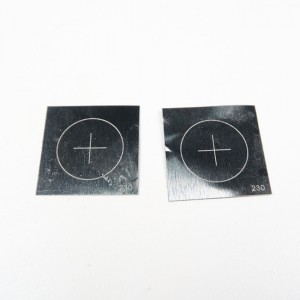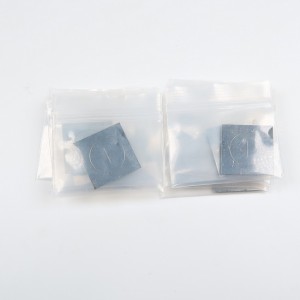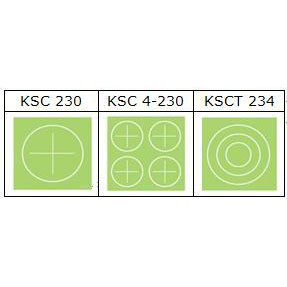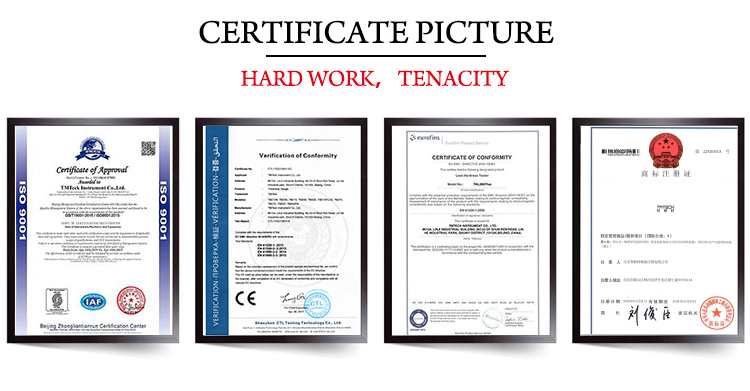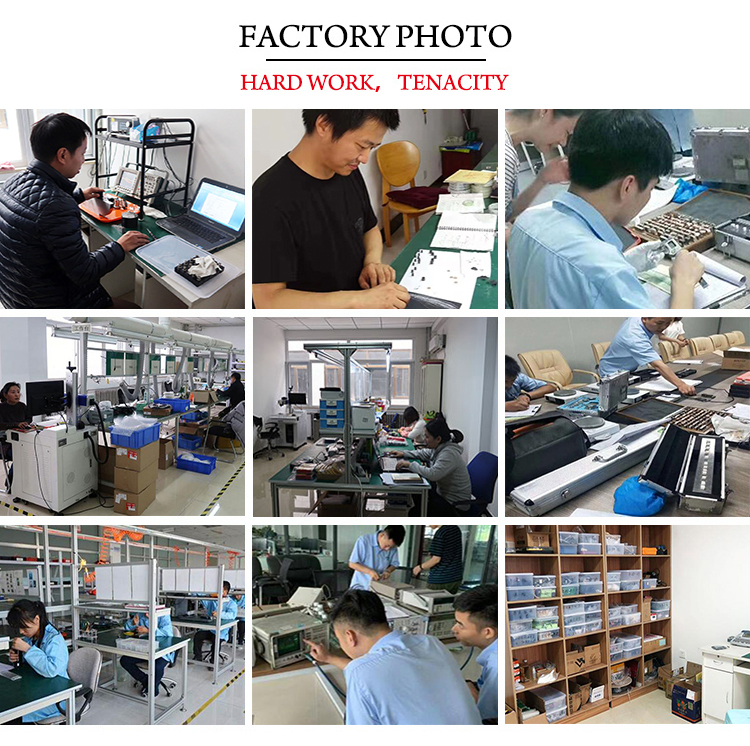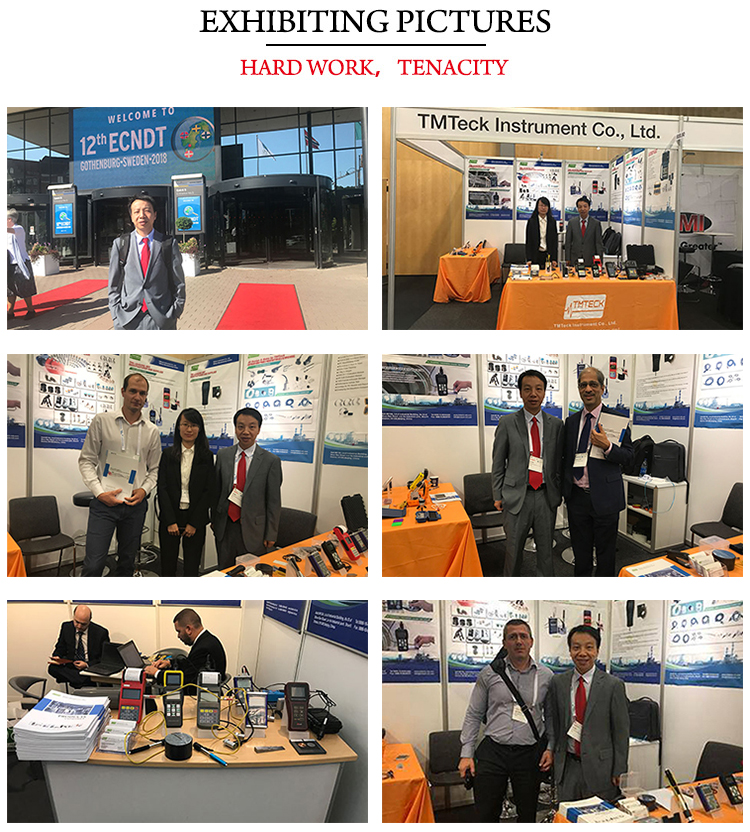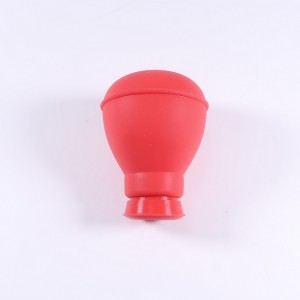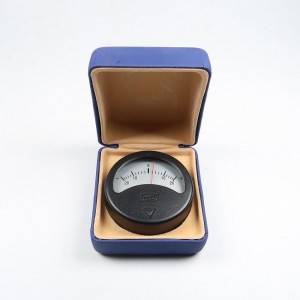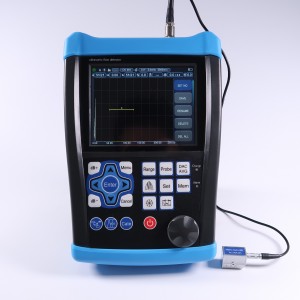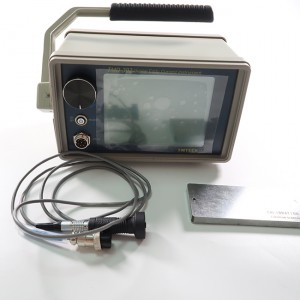Qqi Quantitative Quality Indicator Test Gauge Assuring Proper Field Direction
Quantitative Quality Indicator (QQI)
KSC 230 STANDARD QQI
Basic circular and crossed bar flaw configuration, suitable for longitudinal and circular fields..0006″ flaw depth amounts to 30% of shim thickness.
KSC 4-230 MINIATURE QQI
Similar to KsC 230,except of miniature design for small areas on test part.Four circles per sheet may be cut apart for individual use.
KSCT 234 VARIABLE DEPTH QQI
For more quantitative work,three concentric circular flaws of differing depth,.0004″,.0006″, and .o008″(20% , 30%, 40%).
The Quantitative Quality Indicator (QQI)or Artificial Flaw Standard is often the preferred method of assuring proper field direction and adequate field strength. The use of a QQI is also the only practical way of ensuring balanced field intensity and direction in multiple-direction magnetization equipment. QQIs are often used in conjunction with a Gauss meter to establish the inspection procedure for a particular component. They are used with the wet method only, and like other flux sharing devices, can only be used with continuous magnetization.
The QQI is a thin strip of either 0.002 or 0.004 inch thick AISI 1005 steel. A photoetch process is used to inscribe a specific pattern, such as concentric circles or a plus sign. QQIs are nominally 3/4 inch square, but miniature shims are also available. QQIs must be in intimate contact with the part being evaluated. This is accomplished by placing the shim on a part etched side down, and taping or gluing it to the surface. The component is then magnetized and particles applied. When the field strength is adequate, the particles will adhere over the engraved pattern and provide information about the field direction. When a multidirectional technique is used, a balance of the fields is noted when all areas of the QQI produce indications.
Some of the advantages of QQIs are: they can be quantified and related to other parameters, they can accommodate virtually any configuration with suitable selection, and they can be reused with careful application and removal practices. Some of the disadvantages are: the application process is somewhat slow, the parts must be clean and dry, shims cannot be used as a residual magnetism indicator as they are a flux sharing device, they can be easily damaged with improper handling, and they will corrode if not cleaned and properly stored.

